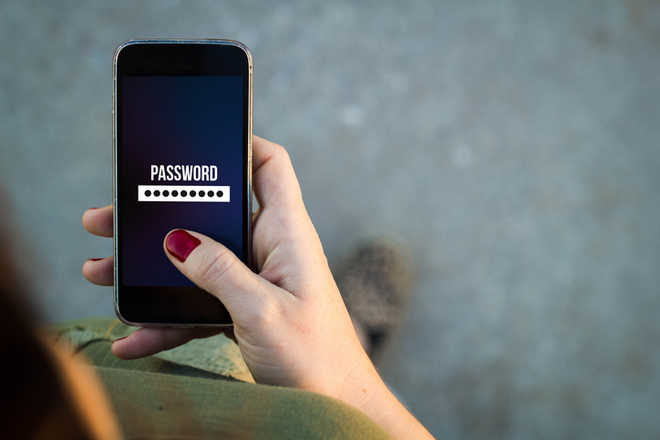New York, November 13
A new biometric-based authentication approach that uses your body sweat may securely help you unlock your smartphone and other wearable devices, scientists say.
The new approach proposed by researchers at University at Albany in the US relies on analysing skin secretions – or sweat – to build an amino acid profile that is unique to the devices’ owner.
The profile would be stored within the device and used for identification purposes each time an attempt to unlock is made, researchers said.
“We are developing a new form of security that could completely change the authentication process for electronic devices,” said Jan Halamek, an assistant professor at the University at Albany.
“Using sweat as an identifier cannot be easily mimicked/hacked by potential intruders. It is close to full- proof,” Halamek said.
Skin secretions contain many small molecules – or metabolites – that can each be targeted for authentication analysis.
To build a profile, the device would first have a “monitoring period” in which it would continuously measure its owner’s sweat levels at various times of the day.
Once the profile is developed, the owner would be identified once holding the device/wearing it.
The approach would not only improve on current authentication methods, but also help people with certain disabilities, who may be unable to move their fingers in a specific position to open the device or have a caretaker who is unlocking the device without permission.
The device owner would also not have to remember a passcode, researchers said.
“The current forms of authentication have proven to be less than ideal,” said Halamek, who led the study published in the journal ChemPhysChem.
“Passwords and pins can easily be seen over someone’s shoulder and there are many internet tutorials on how to create a fingerprint mold that is capable of opening a device. There is also issues with facial recognition, which often times does not work correctly,” said Halamek.
Halamek has tested the analysis in his lab with success.
The next step is to collaborate with engineers who can help with implementation.
Breaking News
 Driving Naari Programme launched in Chandigarh
Driving Naari Programme launched in Chandigarh Punjab farmers reaping benefits of Mann Government’s crop diversification initiatives
Punjab farmers reaping benefits of Mann Government’s crop diversification initiatives Punjab and Kerala Join Hands to Address NRI Concerns
Punjab and Kerala Join Hands to Address NRI Concerns Macron refuses French Prime Minister’s resignation after chaotic election results
Macron refuses French Prime Minister’s resignation after chaotic election results Modi lands in Russia for first visit since Ukraine offensive
Modi lands in Russia for first visit since Ukraine offensive Saudi Arabia approves granting citizenship to global experts under Vision 2030
Saudi Arabia approves granting citizenship to global experts under Vision 2030 Vigilance arrests Panchayat Secretary, former Sarpanch for embezzlement in Panchayat funds
Vigilance arrests Panchayat Secretary, former Sarpanch for embezzlement in Panchayat funds Housing crisis in Canada forcing residents to move out of pricier cities: Poll
Housing crisis in Canada forcing residents to move out of pricier cities: Poll Historic Milestone: Canada Appoints Its First Female Chief of Defense
Historic Milestone: Canada Appoints Its First Female Chief of Defense Victory parade of T20 World Cup-winning Indian cricket team concludes in Mumbai
Victory parade of T20 World Cup-winning Indian cricket team concludes in Mumbai Maximizing impact of Aadhar in Punjab
Maximizing impact of Aadhar in Punjab Amritpal Singh to take oath as Khadoor Sahib MP on July 5
Amritpal Singh to take oath as Khadoor Sahib MP on July 5




































